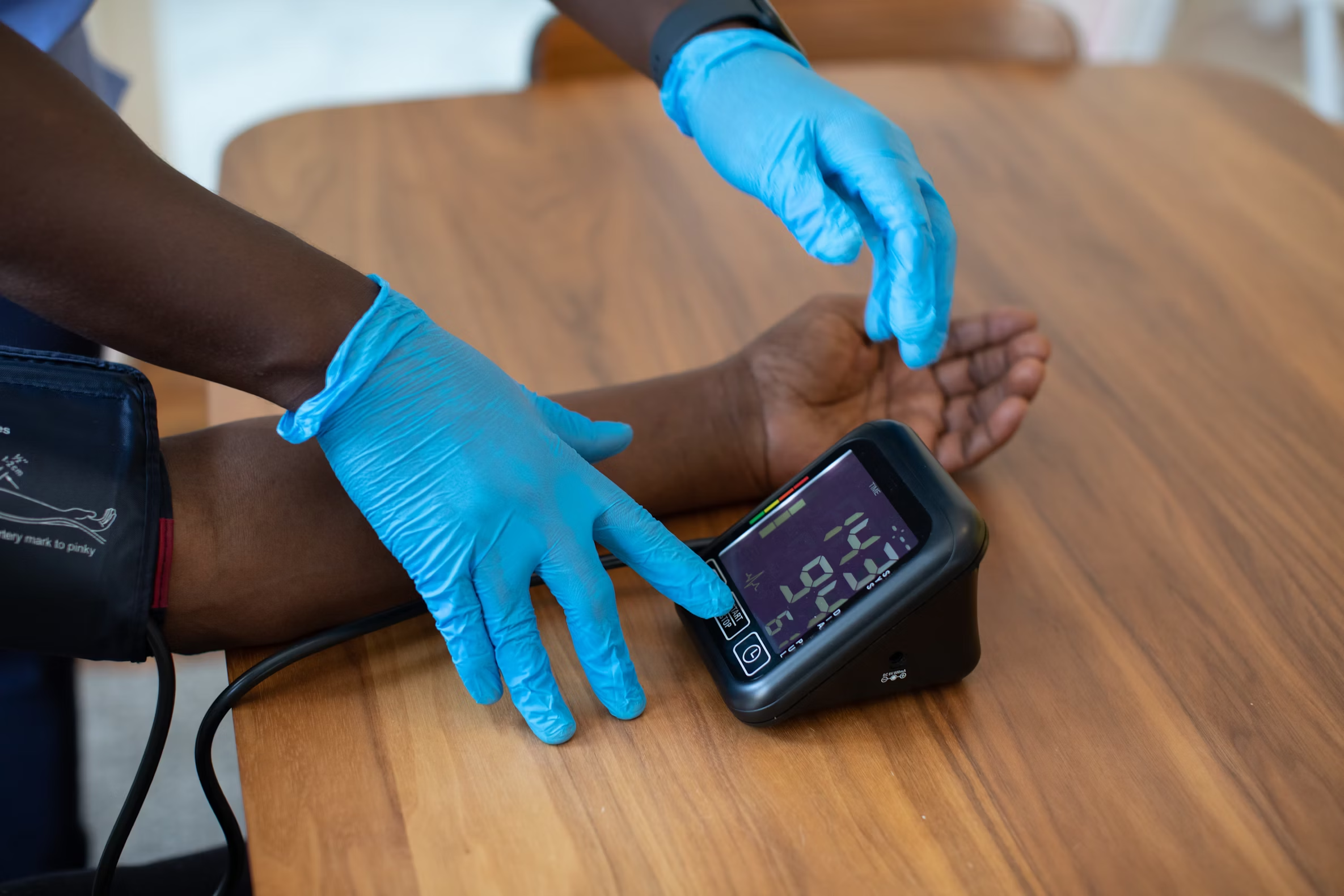12/10/2024
Microsoft’s Azure revealed several new healthcare capabilities this October, including AI-powered digital twins. This system creates “digital healthcare worker replicas” that make independent patient medical decisions. This advancement in digital twin technology has sparked a debate about the boundaries between human autonomy and artificial intelligence, particularly when virtual replicas begin making decisions in place of their human counterparts.
In their 2024 report, the National Academies of Science, Engineering, and Medicine describe digital twins as virtual information constructs that “mimic the structure, context, and behavior of a natural, engineered, or social system,” which can dynamically update from physical data and possess predictive capabilities. However, the increasing integration of AI in digital twin applications has exposed an insufficient consideration of confidence in the modeling outputs. Furthermore, the limited implementation of real-time data integration in current digital twin deployments increases the risk of digital twins diverging from reality.
The healthcare sector has emerged as a primary testing ground for this technology. One joint study by Rigshospitalet and Institut Cardiovasculaire Paris Sud evaluated AI-driven CT modeling for cardiac surgeries. The study transforms cardiac images into digital twins to assist in selecting device size and determining optimal implant position. While these virtual agents have shown remarkable efficiency in predicting surgical needs, concerns persist, as they might undermine a clinician’s capability to make sound judgments.
“I think the concern is always a little bit that young colleagues quickly fall back on artificial intelligence and don’t shape their instinct that much,” commented a senior physician in an interview study published on Frontiers in Medicine. “It’s a nice, on-top thing, but shouldn’t become the base.”
Another issue presented by digital twins is that their implementation faces significant data security challenges due to their extensive IoT sensor networks. These systems collect sensitive personal data, including physiological measurements, behavioral patterns, and health metrics. IEEE’s security assessment identifies technical vulnerabilities in digital twin architectures that can lead to compromised user privacy and reveals flaws in the proposed countermeasures.
Major tech corporations are scrambling to implement enhanced security measures for their digital twin databases. Microsoft’s Azure platform recently introduced “Privacy Shield,” promising end-to-end encryption and granular access controls. However, security experts argue that these industry-led safeguards remain vulnerable to sophisticated cyber-attacks without standardized regulatory frameworks.
As this technology continues to evolve, it is crucial to establish robust regulatory frameworks and security protocols while ensuring that digital twins augment rather than replace medical expertise. The future success of this technology depends on striking the right balance between innovation and responsible implementation, with patient safety and privacy at the forefront of development efforts.

